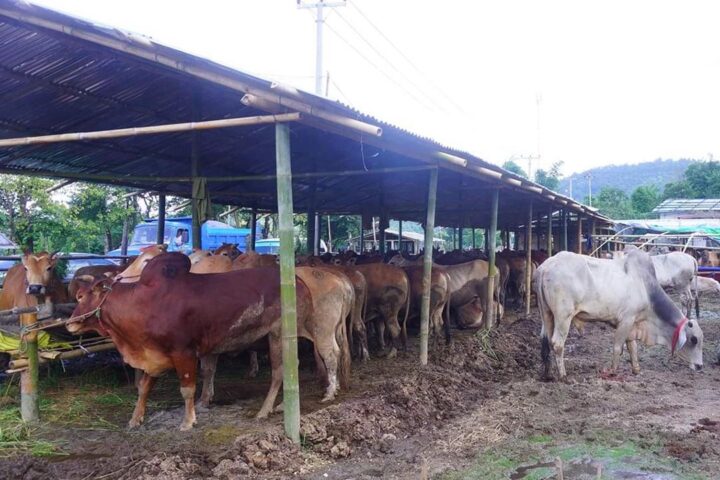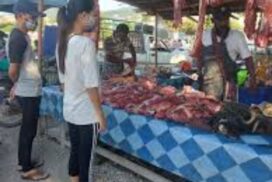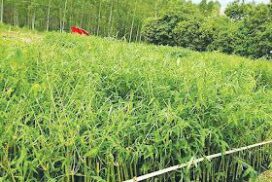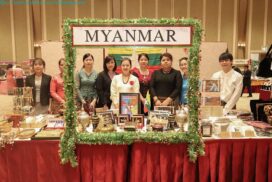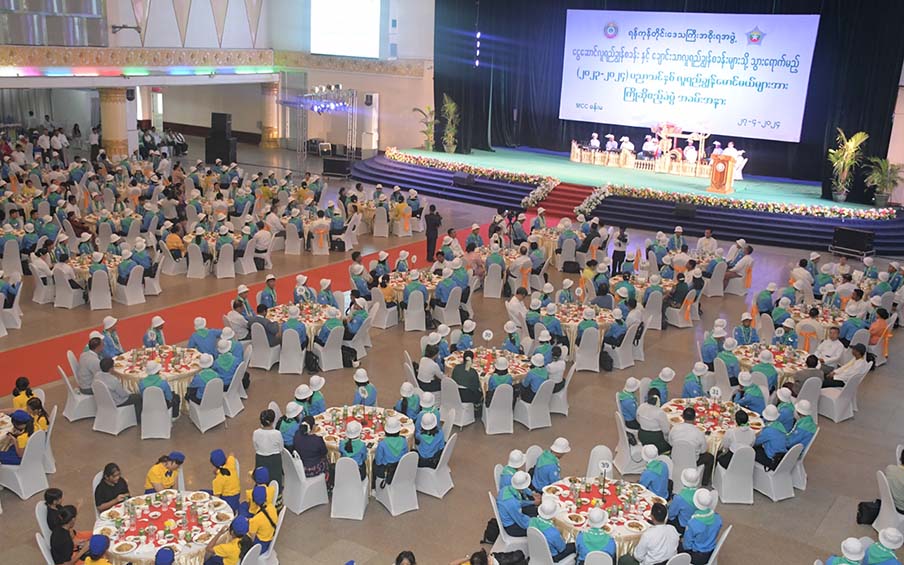Myanmar’s export of animal products between 1 October and 19 February in the current financial year 2020-2021 touched a low of US$15.857 million, a sharp drop of $35.8 million compared with the corresponding period of the 2019-2020 FY since China suspended livestock trading.
In the previous FY, animal products export has registered at $51.69 million. The private sector solely drives animal products export.
About 10,000 heads of cattle, owned by 150 companies, are now stranded in the Muse border as China stopped purchasing cattle. The labour wages and feedstuff cost burden them. It costs K400,000-600,000 to take care of 100 heads of cattle every day.
Some traders brought the cattle from Muse back to their home owing to the burden of high feedstuff cost and labour wages. Some intentionally stated that they would return to the originally-designated place but conduct illegal trade in border areas.
For legitimate trade, China permits live cattle import only after ensuring the cattle is free from 20 diseases, including Foot and Mouth Disease, along with vaccination certificates, health certificates, and farming registration certificates. Therefore, the officials concerned from the two countries are negotiating the matter.
Earlier, 1,500-2,000 heads of cattle were daily traded through the Muse border. Chinese New Year holidays, preventive measures for the COVID-19, and other reasons contribute to the cattle trade suspension.
Additionally, Myanmar’s live cattle export heavily relies on the China market due to a reasonable price, although Myanmar has other external markets such as Laos, Thailand, Malaysia, and Bangladesh.
The Ministry of Commerce grants a permit to each company for 100 cattle export, and the permit is valid for three months. The companies can be taken legal actions if they do not sell the cattle during the three-month period.
Next, the officials from the Livestock Breeding and Veterinary Department (LBVD) under the Ministry of Agriculture, Livestock and Irrigation signed with China’s counterparts regarding cattle surveillance and health projects for live cattle export on 18 January 2021, intending to enhance livestock trading and ensure regular border trade through legitimate channel.
The LBVD has been implementing the establishment of a foot-and-mouth-disease free zone, control zone and vaccination areas since 14 July 2020 to export live cattle to China through the land border.
Live cattle export was allowed in late 2017 to eradicate illegal exports, creating more opportunities for breeders and promoting their interests.
The country exports cattle above five years old, including vaccination certificates, health certificates, and farming registration certificates. According to the 2018 cattle census, there are 11.5 million heads of cattle in the country.
The authorities have issued cattle export licences to more than 300 companies in the Magway region. There are around 5,000 companies holding cattle export licences across the country.
Myanmar can yearly export around 500,000 heads of cattle beyond domestic consumption, the association stated. — GNLM

